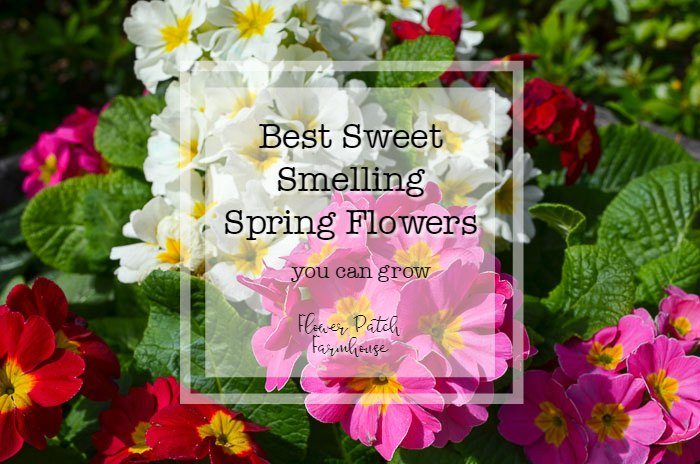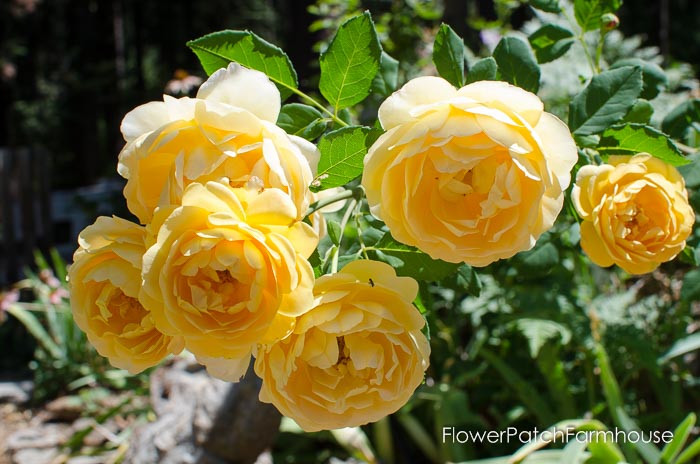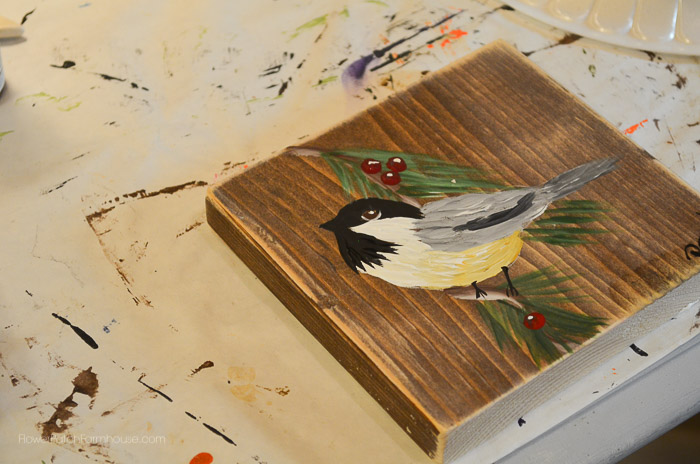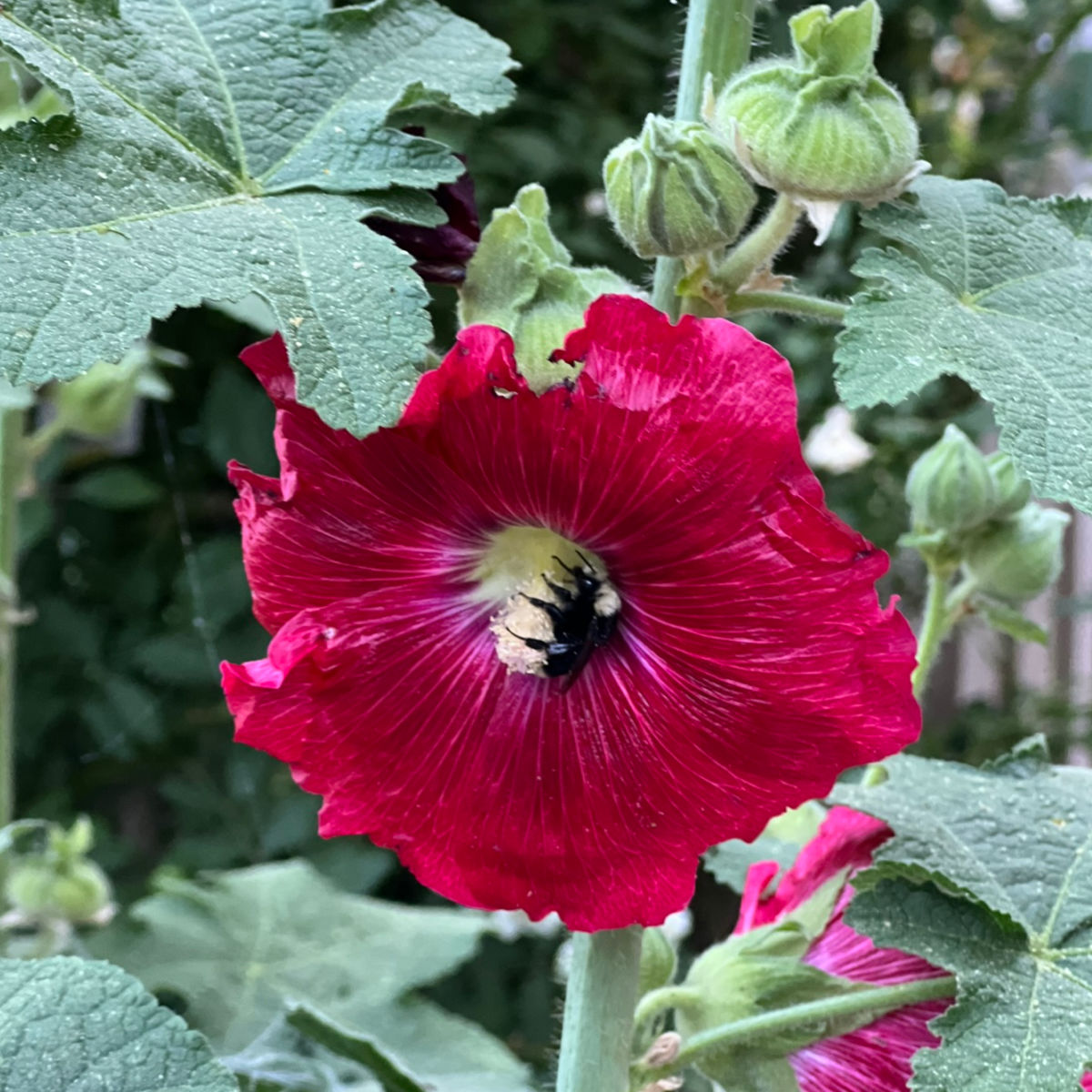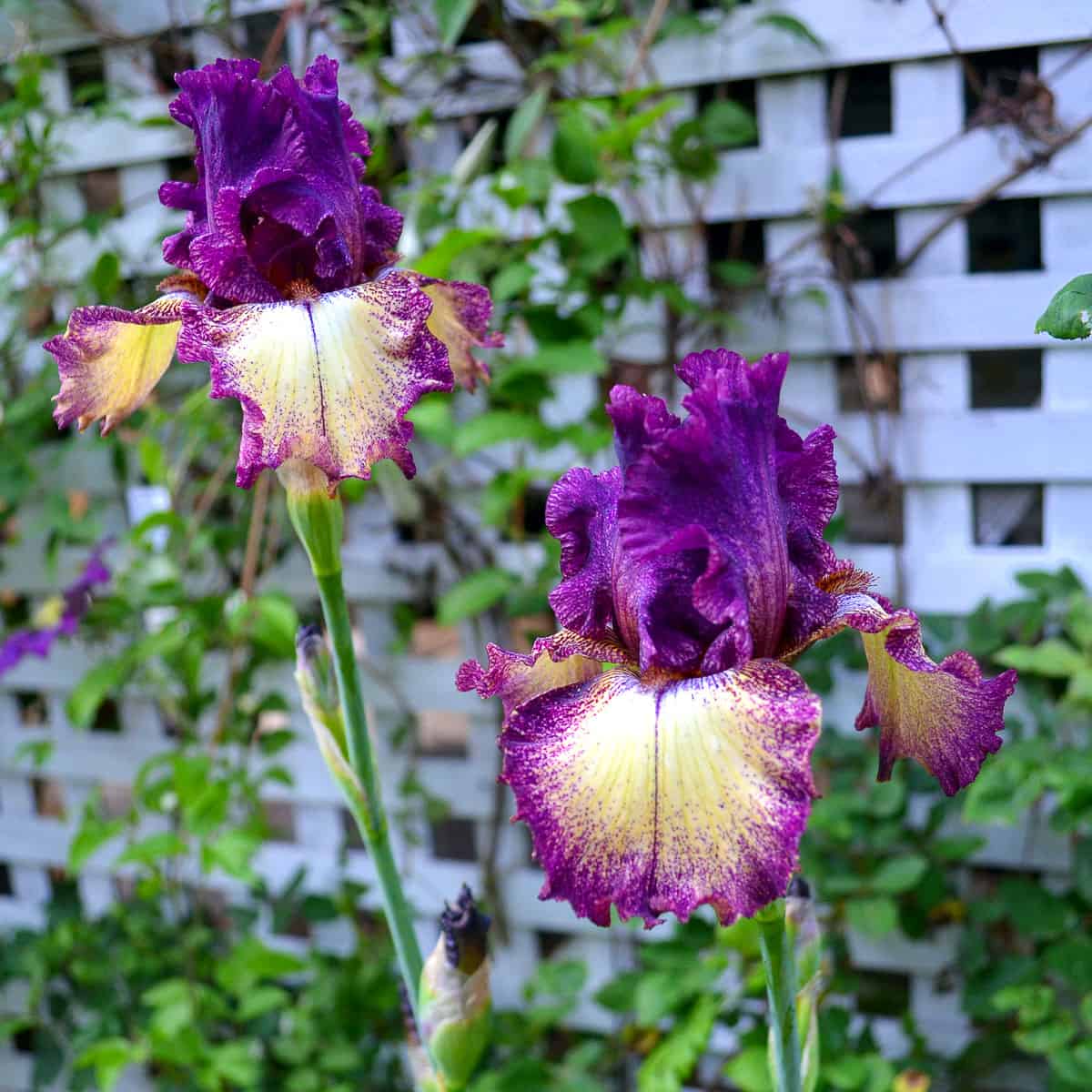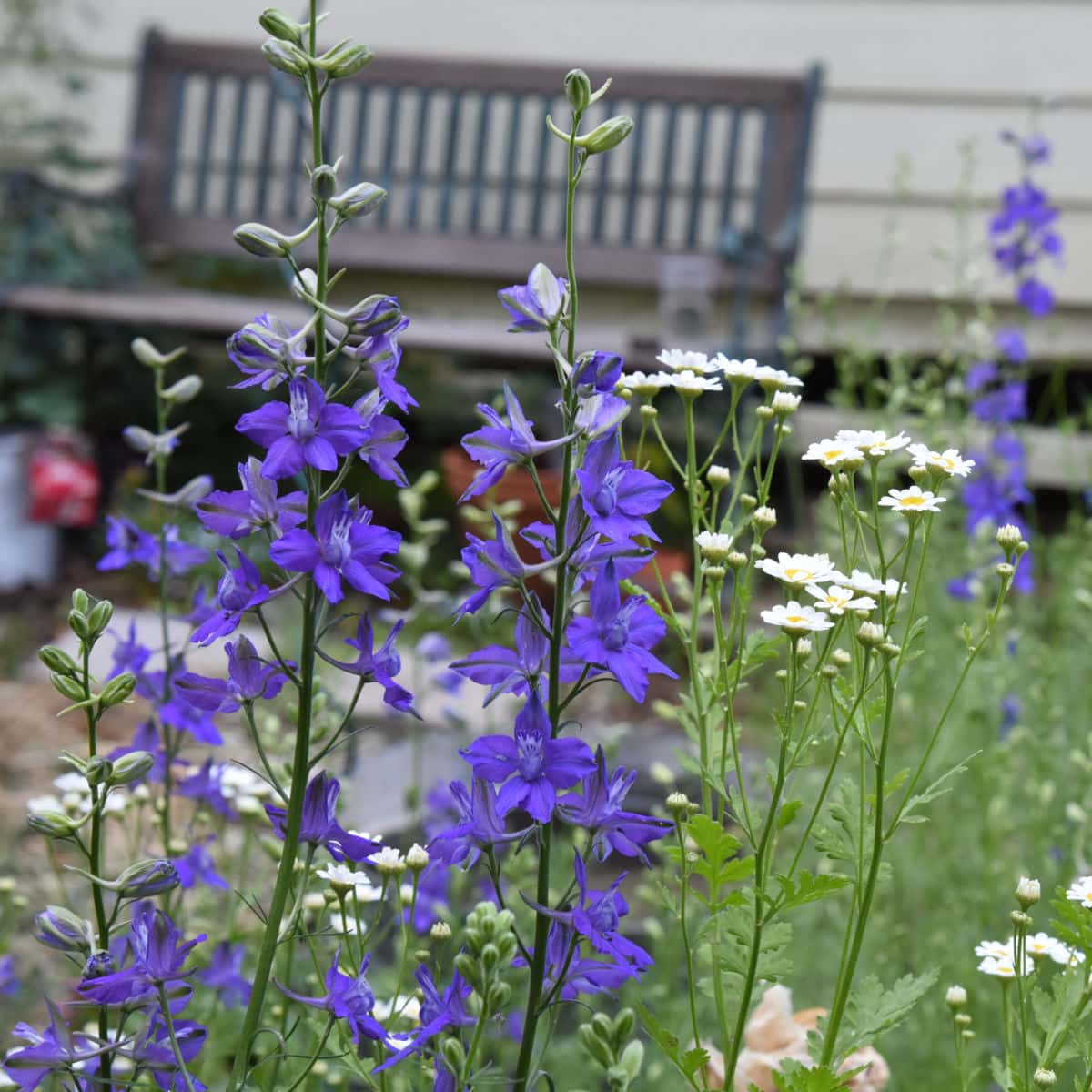Salvias: The Vibrant Heart of the Garden
Dive into the vibrant world of salvias, where color, fragrance, and versatility reign supreme. Discover how these dynamic perennials can transform your garden into a sanctuary of beauty and life without much water.
Note: There are more than 1000 salvia species in this large genus of plants. From annual salvias, and perennials to shrubs, there is one for every garden.
Salvias, with their colorful flowers and aromatic leaves, are the unsung heroes of the garden from late Spring to late Summer, injecting a burst of color and fragrance that can awaken the most mundane of landscapes.
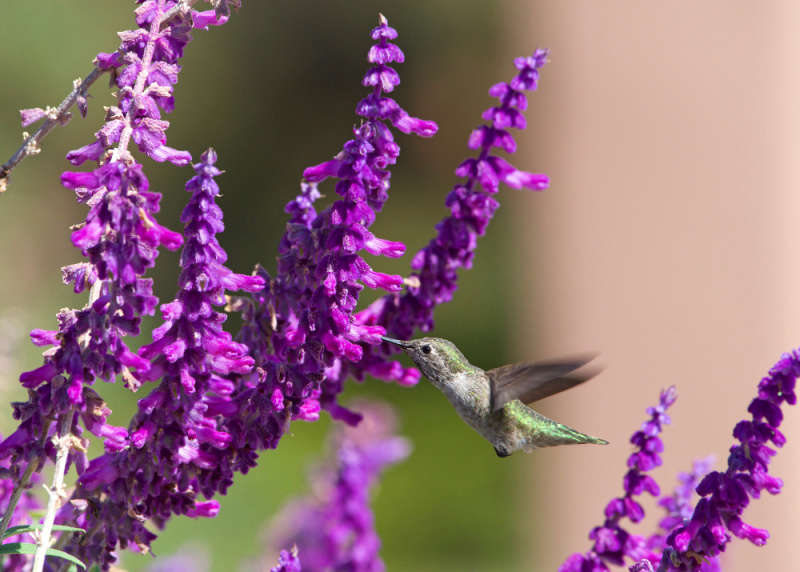
These versatile perennials (some are grown as annuals in colder climates), known for their resilience and variety, offer something for every gardener, from the novice to the seasoned green thumb.
Let’s dive into the world of salvias and discover how to transform your garden into a vibrant tapestry of color and life.
The Sages of the Garden: A Symphony in Color
First up, the Mexican Bush Sage (Salvia leucantha), with its velvet-soft purple spires, is a magnet for butterflies and hummingbirds. Imagine a corner of your garden where these fuzzy blooms sway in the breeze, creating a lively hub for wildlife.

Plant them alongside golden marigolds for a striking contrast, or let them stand solo for a statement piece in autumn beds.
Then there’s the Hot Lips Salvia (Salvia microphylla ‘Hot Lips’), a playful variety that flaunts red and white bicolored flowers.
It’s like the garden is puckering up for a kiss! This little firecracker is perfect for container gardens, adding a dash of whimsy and charm. Pair it with silver-leaved plants like dusty miller to make those hot lips pop.

For those who favor a more understated elegance, the May Night Salvia (Salvia x sylvestris ‘May Night’) offers deep indigo blooms that seem to capture the night sky.
Plant them en masse along a path, and watch your garden come alive with a sea of blue as dusk falls. They’re excellent for adding depth and mystery to moon gardens.

Some ornamental salvias can be used in the kitchen.
Like the Pineapple Sage (Salvia elegans), with its bright red flowers and fruity-scented leaves. It’s a culinary delight, adding a tropical twist to drinks and dishes.
Tuck it into a sunny spot in the kitchen garden or pot it up on the patio, where you can enjoy its scent and flavor close at hand.

Gardening with Perennial Salvias
Salvias aren’t just about the flowers; their growth habits and foliage also play a vital role in garden design. Use tall varieties like the Mexican Sage as backdrops, creating a living wall that frames your garden scenes.
The lower-growing varieties, such as the May Night, are perfect for edging paths or defining garden beds, leading the eye on a journey through the landscape.
Remember, salvias thrive in full sun and well-drained soil, asking for little but giving much in return. They’re drought-tolerant once established, making them ideal for water-wise gardens or those in dryer climates.
Their aromatic foliage is often deer and rabbit-resistant, a boon for gardeners battling wildlife.

Unleashing Creativity: Salvias in the Garden Tapestry
The true magic of salvias lies in their ability to mingle with other garden denizens, creating combinations that spark joy and wonder.
Pair them with grasses for texture, echinacea for a prairie look, or roses for a cottage garden feel. The possibilities are as limitless as your imagination.
As the season wanes, salvias continue to stand tall, offering seeds to feathered friends and moments of beauty amid the autumnal fade. (save some seeds to sow in early Spring the following year)
They remind us that gardens are not just spaces of beauty but sanctuaries of life, connecting us to the natural world in profound ways.
Have a topic idea or want to be featured on our podcast?
Easy Cottage Garden Flowers!
When growing salvia from seeds you need to start early. The best time for blooms the same season is 10 – 12 weeks before your last frost. If you time it right you may even get flowers in early summer!
Propagate Salvia Cuttings
Starting salvias from cuttings is a simple way to grow new plants of this family of plants. First, in late spring or early summer, find a healthy part of a salvia plant that isn’t flowering.
Cut a small piece just below where a leaf grows out. Dip the cut end in rooting powder—this helps it grow roots. Then, plant it in a pot with soil that drains well and keep it moist.
Put the pot in a place where it gets gentle morning sunlight but is protected from the strong afternoon sun. After a few weeks of waiting and watering carefully, the cutting will grow roots and start to become a new salvia plant.
This easy method shows how a little piece of a plant can grow into a whole new one with just a bit of care and patience.
In Summary: A Garden Ablaze with Salvias
Embrace the versatility and vibrancy of salvias to create a garden that thrills the senses and nurtures the soul. There are even varieties suited to partial shade.
Whether you’re crafting a haven for wildlife, a culinary corner, or a tapestry of color, salvias are your companions on this journey of creation.
The range of colors from the white flowers of Salvia White Profusion or White Victoria to the scarlet
Salvia Definition:
Any plant of the genus Salvia, comprising the sages, has opposite leaves and whorled flowers.

